3000K LED Lights: Shedding Light on Brightness Levels and Why They Matter

Lighting plays a crucial role in our daily lives, whether at home, in the workplace, or on the streets. It not only illuminates our surroundings but also affects our mood, behavior, and productivity. With the advancement of technology, there are now various options available when it comes to lighting, and one of the most popular options is LED lights. Among the different types of LED lights, 3000K LED lights have gained popularity due to their brightness levels and energy efficiency.3000K LED lights emit a warm white glow that is similar to traditional incandescent lights, making them a popular choice for residential and commercial applications. The \K\ in 3000K stands for Kelvin, which is the unit of measurement for color temperature. The lower the Kelvin rating, the warmer and more yellow the light appears. This is why 3000K LED lights are often referred to as \warm white\ lights. They are commonly used in living spaces, bedrooms, and restaurants, as they create a cozy and inviting atmosphere. However, the brightness level of 3000K LED lights is also an important factor to consider, as it can significantly impact the functionality and mood of a space.
3000K LED lights are a type of light emitting diode that emits a warm, yellowish-white light at a color temperature of 3000 Kelvin. These lights are commonly used in homes, restaurants, and hotels as they provide a cozy and inviting atmosphere. Unlike traditional incandescent bulbs, 3000K LED lights consume less energy, have a longer lifespan, and emit less heat. The brightness level of 3000K LED lights is measured in lumens, with a typical range of 450-800 lumens for standard bulbs. This level of brightness is ideal for tasks such as reading or relaxing, making them a popular choice for bedrooms and living rooms. Overall, 3000K LED lights provide a perfect balance of warmth and brightness, making them a versatile and practical lighting solution for any space.
Brightness levels in LED lights are crucially important, as they can significantly impact our mood, productivity, and overall well-being. LED lights with high brightness levels are ideal for task-oriented activities, such as reading, cooking, or working. On the other hand, lower brightness levels are more suitable for relaxing environments, such as bedrooms or living rooms. 3000K LED lights, in particular, provide a warm and cozy ambiance, making them perfect for spaces where comfort and relaxation are key. By choosing the right brightness level for each space, we can enhance our daily experiences and improve our quality of life.
Understanding Color Temperature
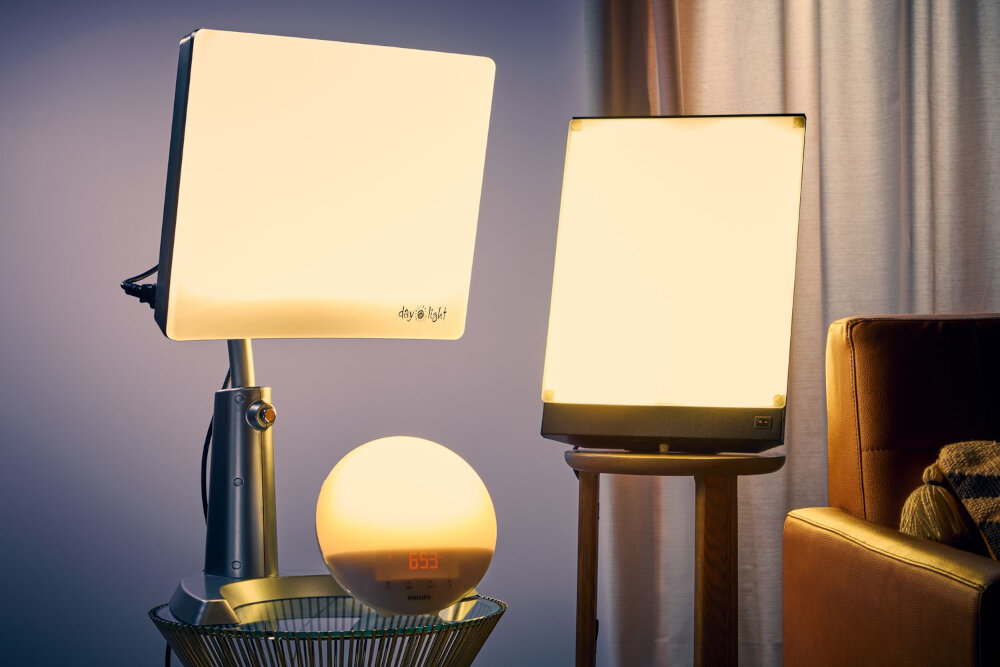
Color temperature is a crucial aspect of lighting that can have a significant impact on the ambiance and mood of a space. It refers to the color appearance of light that a lamp emits, and is measured in Kelvin (K) units. Understanding color temperature is essential when selecting lighting fixtures for different applications, as it can affect everything from productivity and concentration to relaxation and comfort. The lower the color temperature, the warmer and more yellow the light will appear, while higher temperatures produce cooler and bluer tones. The choice of color temperature is particularly important when it comes to LED lights, which have become increasingly popular due to their energy efficiency and longevity. In recent years, 3000K LED lights have gained popularity as they offer a warm and inviting glow that is suitable for a range of settings. They are often used in residential and hospitality environments, where a cozy and relaxing atmosphere is desired. However, it is important to note that the brightness level of a light is also a crucial factor to consider, as it can affect the functionality and safety of a space.
Color temperature refers to the hue of light emitted from a light source, measured in Kelvin (K). It is a numerical representation of the warmth or coolness of light. The lower the Kelvin value, the warmer the light appears, with red and yellow tones dominating. Conversely, the higher the Kelvin value, the cooler the light appears, with blue and white tones dominating. In lighting design, color temperature plays a crucial role in creating the desired ambiance and mood of a space, and it can also impact our perception of colors and textures. With the increasing popularity of LED lights, it is important to understand color temperature and its effect on our surroundings.
Color temperature plays a significant role in how we perceive light. It refers to the hue of light emitted by a source, ranging from warm oranges and yellows to cool blues and whites. Different color temperatures can evoke different moods and emotions, and they can also affect the appearance of objects in a space. For example, warm light with a lower color temperature can create a cozy and inviting atmosphere, while cool light with a higher color temperature can make a space feel more spacious and modern. The color temperature of LED lights is measured in Kelvin (K), and 3000K is a common choice for indoor lighting as it provides a warm and comfortable atmosphere without being too yellow or too blue. Understanding color temperature is crucial when selecting lighting for a space, as it can greatly impact the overall look and feel of the environment.
The color temperature of 3000K is a measure of the hue and warmth of light emitted by LED lights. It is categorized as a warm white light that is perfect for creating a cozy and inviting atmosphere in residential areas such as living rooms, bedrooms, and dining rooms. The 3000K LED lights have a yellowish tint that gives a feeling of warmth and comfort, making it an ideal choice for indoor spaces where people gather and relax. Moreover, this color temperature is easy on the eyes and helps reduce eye strain, making it suitable for reading or working. Overall, 3000K LED lights offer a pleasant ambiance and are a popular choice for many homeowners, interior designers, and lighting professionals.
Benefits of 3000K LED Lights
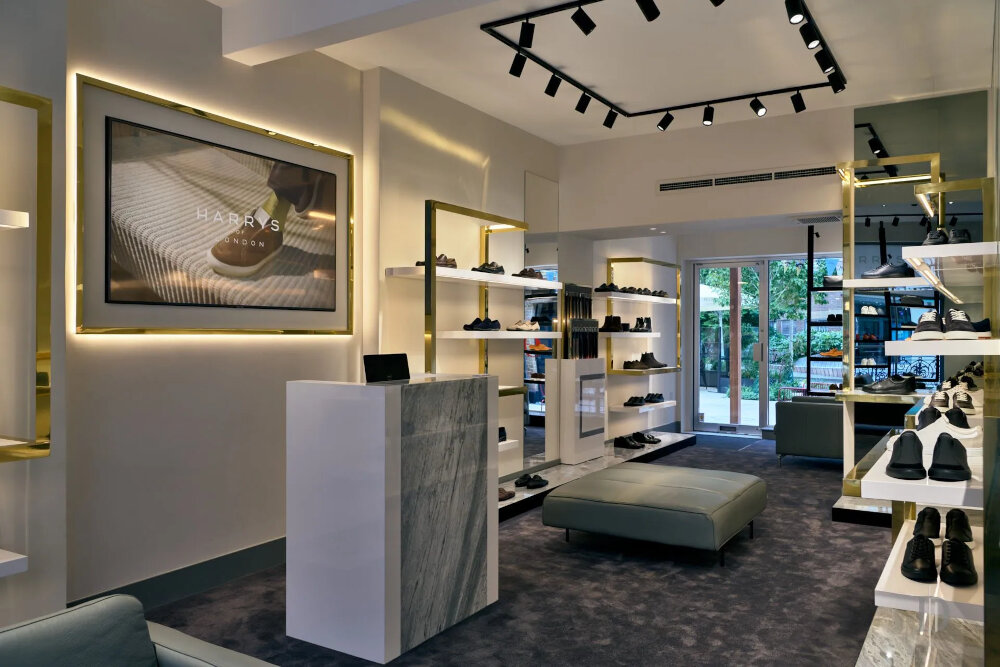
3000K LED lights are becoming increasingly popular due to their numerous benefits. Firstly, they provide a warm, cozy ambiance that is ideal for indoor spaces such as living rooms, bedrooms, and dining areas. The 3000K color temperature emits a warm white glow that is reminiscent of traditional incandescent bulbs, creating a comfortable and welcoming environment. Additionally, these lights have a high color rendering index (CRI) which means they accurately display colors and textures, making them perfect for art galleries, museums, and retail stores. Another benefit of 3000K LED lights is their energy efficiency. They use less energy compared to traditional incandescent bulbs, making them eco-friendly and cost-effective. Moreover, they have a longer lifespan, which means they require less frequent replacements, saving you money in the long run. Additionally, these lights emit less heat, reducing your cooling costs during hot summer months. Overall, 3000K LED lights are a smart investment for any home or business owner looking to improve their lighting while also being environmentally conscious.
When it comes to the color temperature of LED lights, 3000K is a popular choice for indoor lighting. Compared to cooler color temperatures like 5000K or 6000K, 3000K emits a warm and cozy light that is ideal for creating a comfortable and relaxing atmosphere in living spaces. It also has a high color rendering index (CRI), meaning that it accurately reflects the colors of objects in the room. On the other hand, 3000K is not as bright as cooler color temperatures, so it may not be the best choice for task lighting or areas where high levels of visibility are required. Ultimately, the choice of color temperature will depend on the specific needs and preferences of the individual user.
3000K LED lights are ideal for a variety of applications that require warm, cozy lighting. These lights emit a yellowish hue that mimics the color temperature of traditional incandescent bulbs. They are perfect for use in residential settings such as living rooms, bedrooms, and dining areas where a relaxed and inviting ambiance is desired. Additionally, 3000K lights are suitable for hospitality settings, including hotels and restaurants, where a warm and welcoming atmosphere is crucial in creating an inviting environment for guests. Overall, 3000K LED lights are perfect for any space where comfort and relaxation are essential.
Energy efficiency and cost savings are two major advantages of using 3000K LED lights. These lights use less energy than traditional incandescent bulbs, which translates to lower electricity bills for consumers. Additionally, the lifespan of 3000K LED lights is typically longer than that of incandescent bulbs, further reducing costs associated with frequent bulb replacements. Furthermore, 3000K LED lights emit a warm, inviting light that is ideal for residential and commercial settings. With their energy efficiency, cost savings, and warm light, it is no wonder that 3000K LED lights are becoming increasingly popular among consumers.
Factors to Consider When Choosing LED Lights
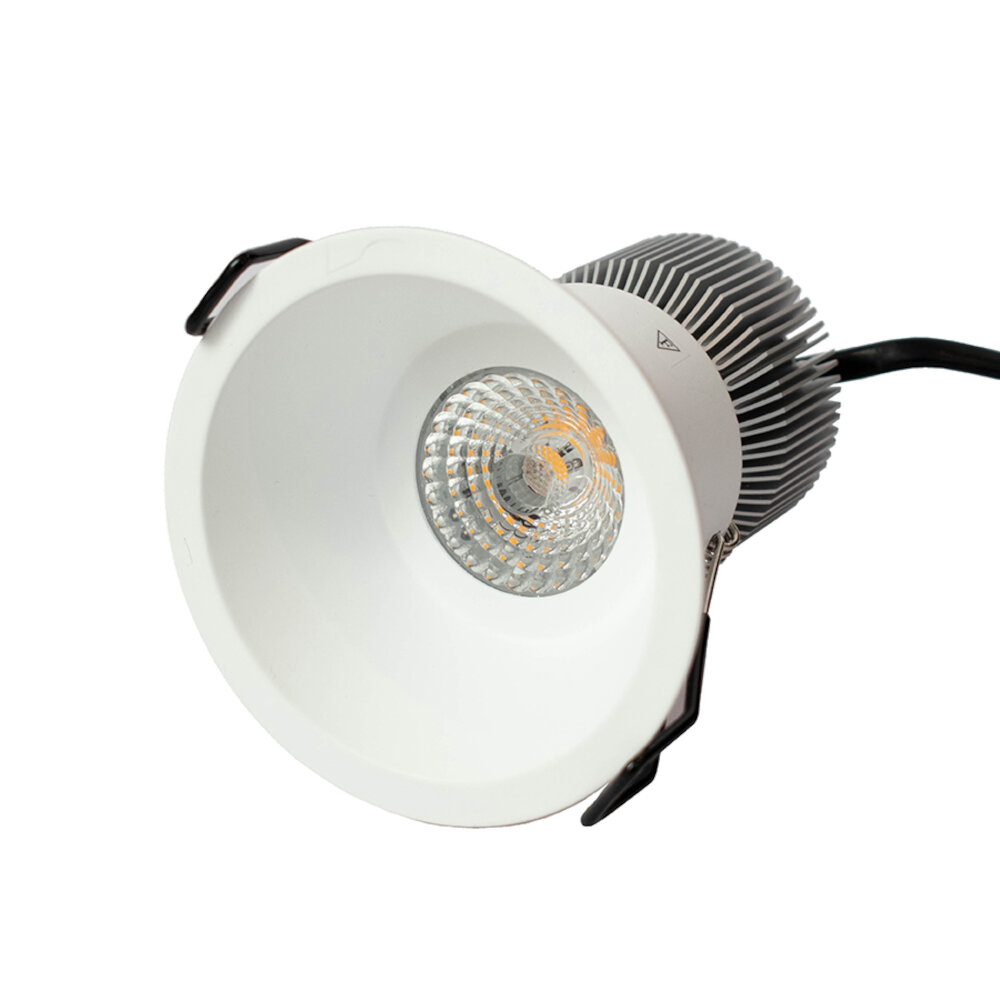
When it comes to choosing LED lights, there are several factors that one must consider. First and foremost, it is important to determine the brightness level that is required. This can depend on the purpose of the light, the size of the space, and personal preferences. LED lights come in a variety of brightness levels, which are measured in lumens. It is important to choose a brightness level that is appropriate for the space and the task that the light will be used for. A light that is too bright can be overwhelming, while a light that is too dim can be inefficient and ineffective. Additionally, it is important to consider the color temperature of the light. Color temperature is measured in Kelvin and can range from warm (yellow) to cool (blue) tones. The right color temperature can create a comfortable and inviting atmosphere, while the wrong temperature can result in a space that feels cold or sterile. Another important factor to consider when choosing LED lights is energy efficiency. LED lights are known for their energy efficiency and can save a significant amount of money on electricity bills. It is important to choose LED lights with a high energy efficiency rating, as this will not only save money in the long run, but it is also better for the environment. Additionally, it is important to consider the lifespan of the LED lights. LED lights have a much longer lifespan than traditional bulbs, and choosing a light with a longer lifespan can save money and reduce waste over time. Finally, it is important to consider the cost of the LED lights. While LED lights may be more expensive upfront, they can save money in the long run due to their energy efficiency and longer lifespan. It is important to balance the initial cost with the long-term savings to determine the best value for money.
Brightness level is an essential consideration when choosing lighting for your home or workspace. It refers to the amount of light emitted by a light source, and it is measured in lumens. Lumens are the units of measurement for the total amount of visible light emitted by a light source. The higher the lumens, the brighter the light emitted by the source. 3000K LED lights are ideal for spaces that require a warm and cozy atmosphere. They have a soft and warm glow that is easy on the eyes, making them perfect for bedrooms and living spaces. It is crucial to choose the right brightness level for your needs, as it can have a significant impact on the mood, productivity, and energy levels in the space.
Color rendering index (CRI) is a measure of how accurately a light source can reproduce colors compared to natural light. The higher the CRI, the more accurately colors will appear. This is particularly important in settings where color accuracy is crucial, such as in art galleries, retail stores, and hospitals. LED lights with a CRI of 80 or higher are considered to have good color rendering ability. However, it is important to note that CRI only measures the accuracy of colors under specific lighting conditions, and does not take into account factors such as color temperature or brightness level.
Beam angle and directionality are crucial factors to consider when choosing the right LED lights for your space. The beam angle refers to the width of the light’s spread, while directionality refers to the light’s focus in a particular direction. A narrow beam angle results in a more focused beam, ideal for highlighting specific areas or objects, while a wider beam angle provides a more dispersed light ideal for general illumination. Directionality is also essential as it determines whether the light is focused downwards or upwards, affecting the lighting effect and mood of the space. Understanding the relationship between beam angle and directionality will help you choose the perfect LED light for your needs.
Durability and lifespan are crucial factors when it comes to selecting an LED light. The 3000K LED lights boast an extended lifespan, which is significantly higher than traditional lighting sources like incandescent or fluorescent bulbs. This extended lifespan is partially due to the fact that LED lights do not generate excessive heat, which can damage the lighting components. Additionally, these LED lights are constructed with high-quality materials that can withstand harsh environmental conditions, making them ideal for outdoor or industrial use. The durability of these lights ensures that they can withstand accidental drops or impacts while maintaining their brightness levels, making them a reliable and cost-effective lighting solution for both residential and commercial applications.
Tips for Using 3000K LED Lights
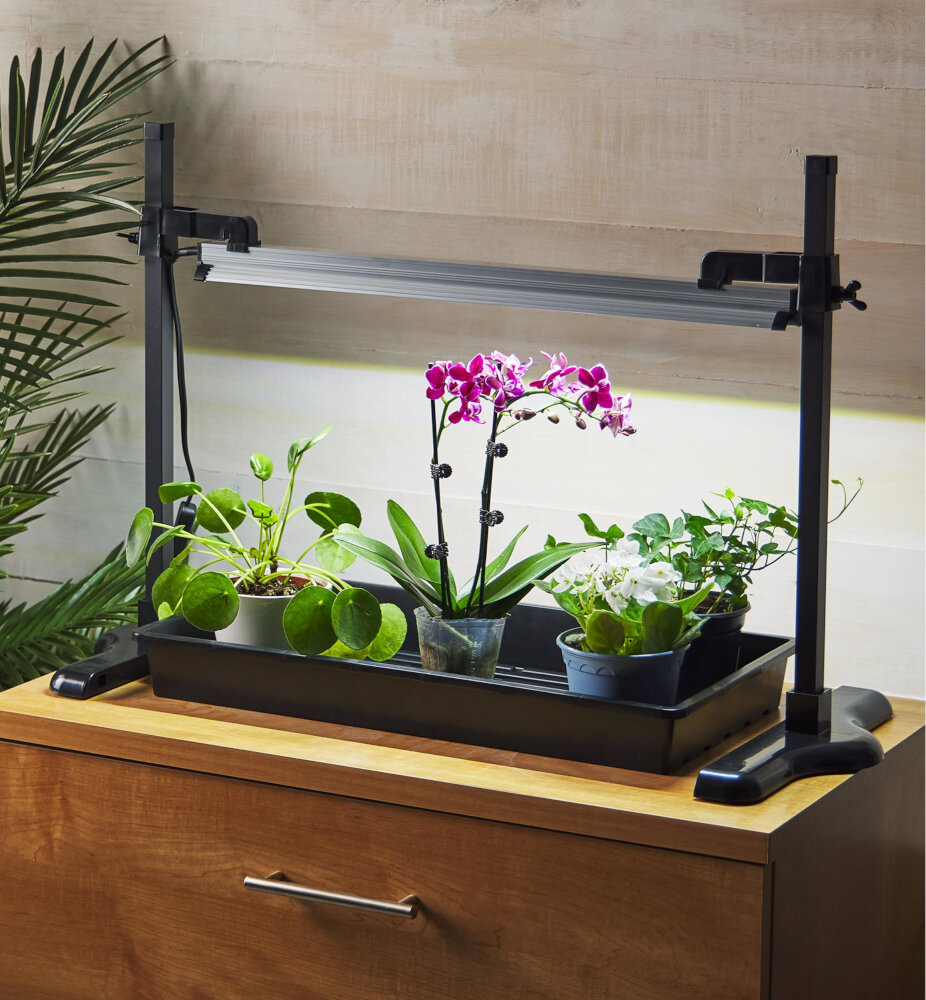
When it comes to lighting, there are a variety of options available in the market. However, LED lights have grown in popularity in recent years due to their energy efficiency and long lifespan. Among the different options of LED lights, the 3000K variant is a widely used one. These lights have a warm white color temperature of 3000 Kelvin, which is similar to the color of traditional incandescent bulbs. If you’re planning to use 3000K LED lights, there are some tips that can help you make the most out of them. Firstly, it’s important to consider the brightness level of the lights. While 3000K LED lights are great for creating a warm ambiance, they may not be suitable for areas that require high brightness levels such as workspaces or kitchens. Therefore, it’s important to choose the right brightness level for the purpose of the room. Additionally, it’s recommended to use dimmer switches with 3000K LED lights so that you can adjust the brightness level according to your needs. This can be especially useful in areas like bedrooms or living rooms where you may want to create a cozy and relaxed atmosphere.
Placement and positioning play a crucial role in achieving optimal lighting, regardless of the type of light source used. When it comes to LED lights and their brightness levels, the placement and positioning become even more critical. For 3000K LED lights, the recommended placement is where it can effectively illuminate the area, without causing unwanted glare or shadows. The positioning should also consider the angle of the light, as well as the distance from the object or surface to be illuminated. Achieving the right balance between brightness and comfort is essential to create a well-lit and visually appealing space. Proper placement and positioning can enhance the overall ambiance and functionality of any room or area, making it a crucial aspect to consider when choosing and installing LED lights.
Maintenance and cleaning are two crucial aspects of ensuring that your 3000K LED lights remain in top condition. Regular maintenance can help to prevent issues such as flickering lights, dimming, and even total failure. This can involve checking for loose connections, cleaning the bulbs and fixtures, and replacing any damaged components. Additionally, cleaning your LED lights is essential to maintain their brightness levels. Dirt, dust, and other particles can accumulate on the surface of the bulbs, causing them to lose their brightness over time. By regularly cleaning your LED lights, you can ensure that they remain as bright and efficient as possible, helping you to save money on energy bills while enjoying optimal lighting conditions in your home or workplace.
When it comes to choosing a dimmer switch for your 3000K LED lights, it’s important to ensure compatibility between the two. Not all dimmer switches are created equal, and some may not work properly with LED lights, causing flickering or buzzing. Look for a dimmer switch specifically designed for LED lights, and make sure it’s rated for the wattage of your lights. Some dimmer switches also offer features like adjustable brightness levels and the ability to set lighting scenes, adding even more customization to your lighting setup. Taking the time to choose a compatible dimmer switch will ensure that your 3000K LED lights shine brightly and smoothly, without any unwanted side effects.
When it comes to dealing with high levels of brightness, safety precautions are of utmost importance. Exposure to intense light can cause eye strain, discomfort, and even permanent damage, especially if the light is of a blue or ultraviolet spectrum. To avoid such risks, it is recommended to wear appropriate eye protection, such as goggles or glasses, when working with or near 3000K LED lights. Additionally, it is essential to follow the manufacturer’s instructions regarding the maximum operating time, distance, and temperature range, as well as to ensure adequate ventilation to prevent overheating. By taking these safety precautions, one can enjoy the benefits of 3000K LED lights without compromising their health and well-being.
Brightness levels are a crucial aspect of LED lights as they directly affect the ambiance and functionality of a space. The intensity of light emitted by an LED bulb can vary based on its color temperature, measured in Kelvin (K). For instance, warm white LED lights with a color temperature of 3000K produce a cozy and relaxing environment suitable for living rooms, bedrooms, and restaurants. On the other hand, cool white LED lights with a color temperature of 5000K provide a bright and energizing atmosphere ideal for offices, workshops, and hospitals. In summary, understanding the importance of brightness levels in LED lights can help individuals make informed decisions when selecting lighting options for different settings, ensuring optimal illumination and functionality.
3000K LED lights are a popular choice for indoor lighting due to their warm, inviting glow. They offer numerous benefits, including energy efficiency, long lifespan, and low maintenance. Additionally, 3000K LED lights have a high color rendering index (CRI), which means they accurately display colors as they would appear in natural light. However, it’s important to consider the brightness level of 3000K LED lights when selecting them for a space. While they provide a cozy atmosphere, they may not be suitable for areas that require high levels of illumination, such as workspaces or kitchens. Overall, 3000K LED lights provide a warm and comfortable ambiance, but their suitability depends on the intended use of the space.
In conclusion, 3000K LED lights offer a versatile option for those looking to illuminate their space with a warm and cozy ambiance. These lights are ideal for residential and hospitality environments, adding warmth and comfort to living spaces, restaurants, and hotels. To maximize the benefits of 3000K LED lights, it is essential to choose high-quality bulbs with a high color rendering index (CRI) and lumens output. Additionally, consider the placement and direction of the lights to achieve the desired effect. When used correctly, 3000K LED lights can transform any space into a warm and inviting environment. So, if you’re interested in using 3000K LED lights, invest in high-quality bulbs and experiment with different placements to create the perfect ambiance for your space.
Conclusion
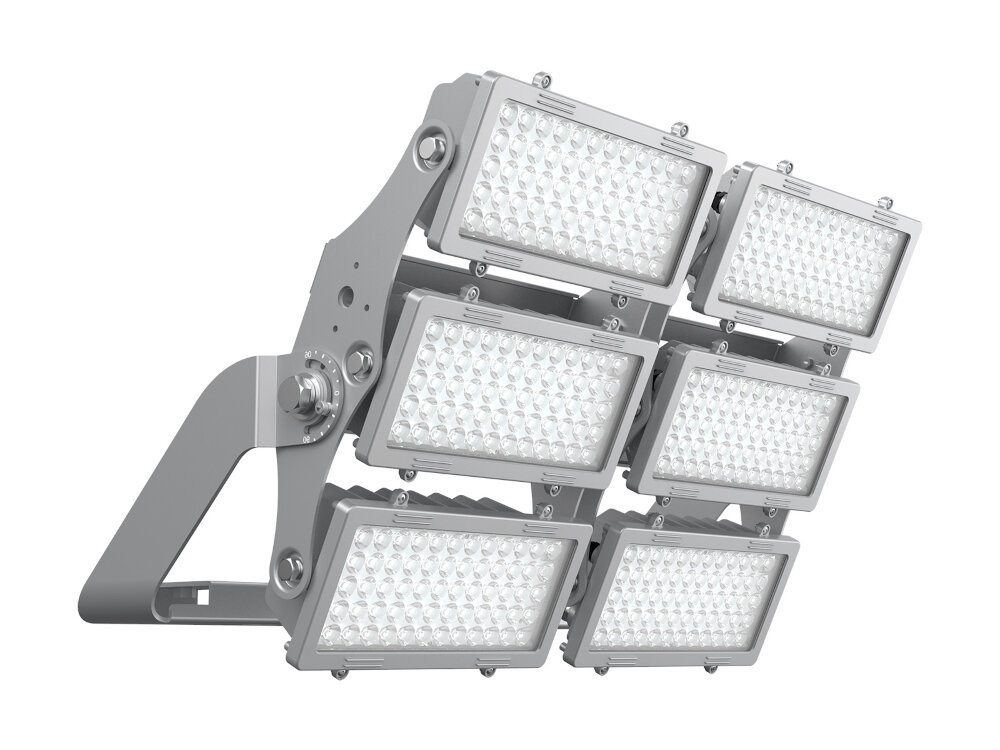
In conclusion, 3000K LED lights offer a warm, inviting glow that is perfect for a variety of settings. Whether you are looking to create a cozy atmosphere in your home or office, or you need to illuminate a commercial space with a soft, ambient light, 3000K LEDs are an excellent choice. These lights offer the perfect balance of brightness and warmth, and they are energy-efficient and long-lasting, making them a smart investment for any space. So, if you’re looking to shed some light on your surroundings, consider investing in 3000K LED lights and enjoy the many benefits they have to offer.




